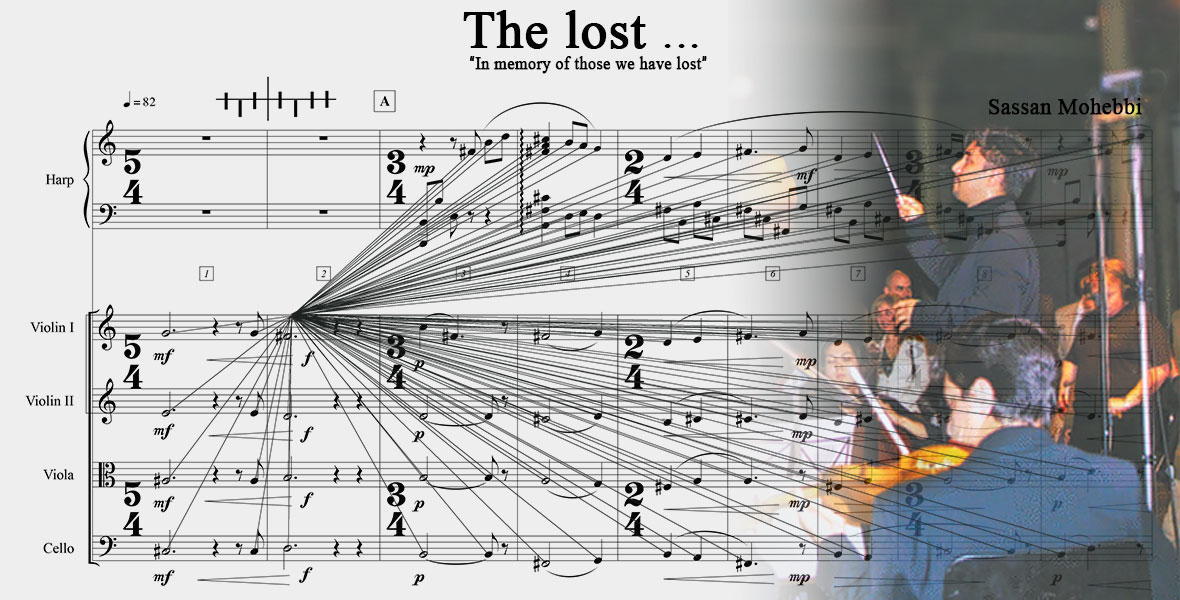Harmony, counterpoint, instrumentation, and orchestration are typically part of a composer's formal education. However, many students wonder if and how these subjects will benefit them as composers after completing their coursework.
It can be interesting to learn about harmony and counterpoint as historical subjects, like counterpoint in the style of Palestrina or Bach or harmony from the classical period. But for a writer, these topics may not seem important at all.
However, these topics are crucial for a composer—provided that they are instructed in an integrated, practical fashion. In this section, I intend to clarify the connections between them and emphasise how they pertain to actual composition.
No matter the subject, a competent teacher must begin by outlining the subject's value. Therefore, what is the purpose of studying orchestration?
After mastering the fundamentals of the range and technique of each instrument, orchestration becomes entirely about timbre and tone planes. Those who have listened to the Debussy Preludes for piano for even five minutes will have remarked how opulent they sound. This is due to the fact that they almost always employ multiple tonal planes, which the piano pedal enables. It is as if the piano were capable of incorporating multiple instruments.
It can be interesting to learn about harmony and counterpoint as historical subjects, like counterpoint in the style of Palestrina or Bach or harmony from the classical period. But for a writer, these topics may not seem important at all.
However, these topics are crucial for a composer—provided that they are instructed in an integrated, practical fashion. In this section, I intend to clarify the connections between them and emphasise how they pertain to actual composition.
No matter the subject, a competent teacher must begin by outlining the subject's value. Therefore, what is the purpose of studying orchestration?
After mastering the fundamentals of the range and technique of each instrument, orchestration becomes entirely about timbre and tone planes. Those who have listened to the Debussy Preludes for piano for even five minutes will have remarked how opulent they sound. This is due to the fact that they almost always employ multiple tonal planes, which the piano pedal enables. It is as if the piano were capable of incorporating multiple instruments.

